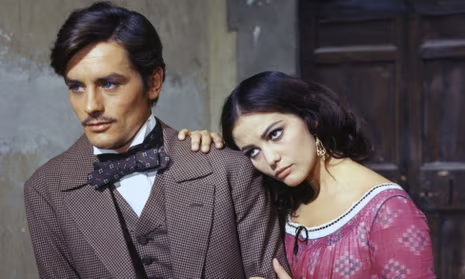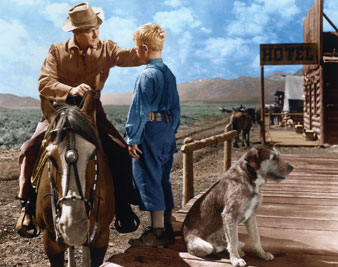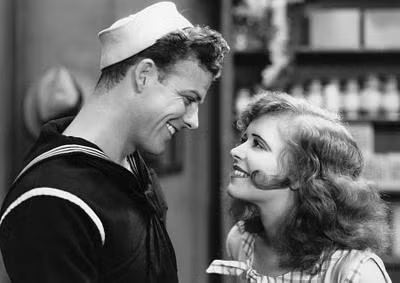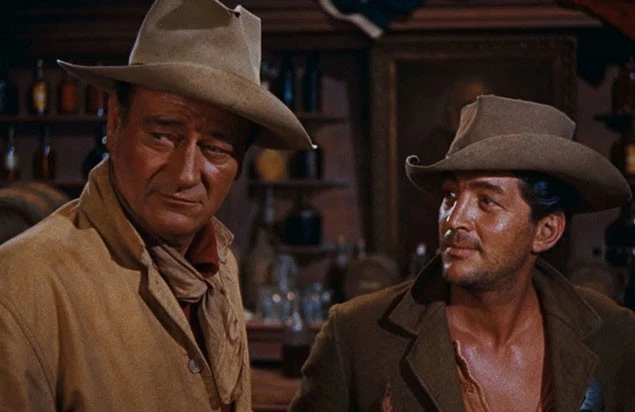The Leopard (Il Gattopardo), released in 1963, is a cinematic masterpiece directed by Luchino Visconti and based on the novel by Giuseppe Tomasi di Lampedusa. This historical drama is renowned not only for its rich portrayal of 19th-century Sicilian society but also for its stunning performances by Claudia Cardinale and Alain Delon. In this blog, we delve into some intriguing facts about their roles and the film’s legacy.
1. The Cinematic Legacy of The Leopard
The Leopard is celebrated for its epic scope and meticulous attention to historical detail. The film portrays the decline of the Sicilian aristocracy during the Risorgimento, capturing a pivotal moment in Italian history. Visconti’s direction, combined with the film’s sumptuous cinematography, has cemented The Leopard as one of the greatest films in cinema history.
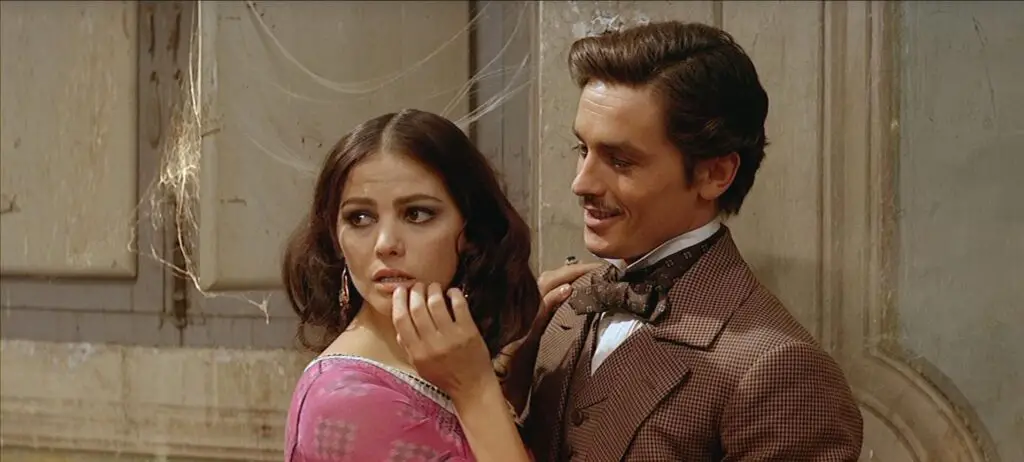
2. Claudia Cardinale’s Iconic Role
Claudia Cardinale plays Angelica, the beautiful and ambitious young woman who captures the heart of Prince Fabrizio Salina, portrayed by Burt Lancaster. Cardinale’s portrayal of Angelica is marked by her radiant screen presence and emotional depth. Her role in The Leopard significantly contributed to her international fame and established her as one of Italy’s leading actresses.
3. Alain Delon’s Memorable Performance
Alain Delon, cast as Tancredi Falconeri, the charismatic nephew of Prince Salina, delivers a performance full of charm and complexity. Delon’s portrayal of Tancredi captures the youthful ambition and romanticism of the character. His role in The Leopard solidified his status as a prominent leading man in European cinema.
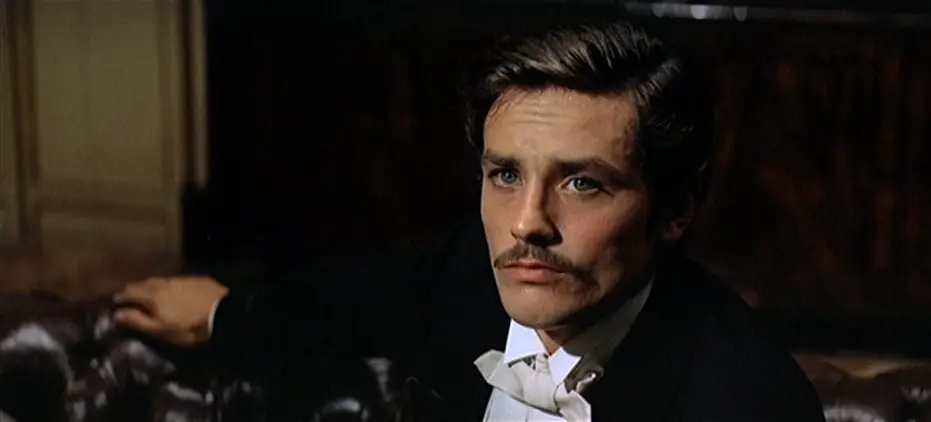
4. The Iconic Ball Scene
One of the most famous scenes in The Leopard is the elaborate ball sequence, which is a masterclass in period detail and choreography. This scene, featuring lavish costumes and a grand setting, highlights the film’s dedication to authenticity and grandeur. It remains one of the most memorable sequences in cinema history.
5. A Symbol of Change
The Leopard is not just a historical film; it is also a symbolic representation of change. The film reflects the social and political transformations occurring in Italy at the time, as the old aristocracy gives way to a new societal order. This thematic depth adds layers of meaning to the film’s portrayal of historical events.
6. The Film’s Critical Acclaim
The Leopard received widespread acclaim from critics and audiences alike. It won the Palme d’Or at the Cannes Film Festival in 1963, a prestigious honor that recognized its artistic achievement. The film’s impact on both Italian and international cinema continues to be celebrated and studied.
7. A Timeless Classic
The enduring appeal of The Leopard can be attributed to its exceptional performances, stunning visuals, and insightful exploration of historical themes. Claudia Cardinale and Alain Delon’s roles in the film have left a lasting impression, contributing to the movie’s status as a timeless classic.
Conclusion
The Leopard stands as a testament to the brilliance of Luchino Visconti and the exceptional talent of Claudia Cardinale and Alain Delon. Their performances, combined with the film’s grandiose production and historical significance, ensure that The Leopard remains a celebrated work in the annals of cinema. Exploring the fascinating roles of Cardinale and Delon in this classic film offers a deeper appreciation of their contributions and the film’s enduring legacy.
Whether you’re revisiting this masterpiece or discovering it for the first time, The Leopard provides a rich and captivating cinematic experience that continues to resonate with audiences around the world.

